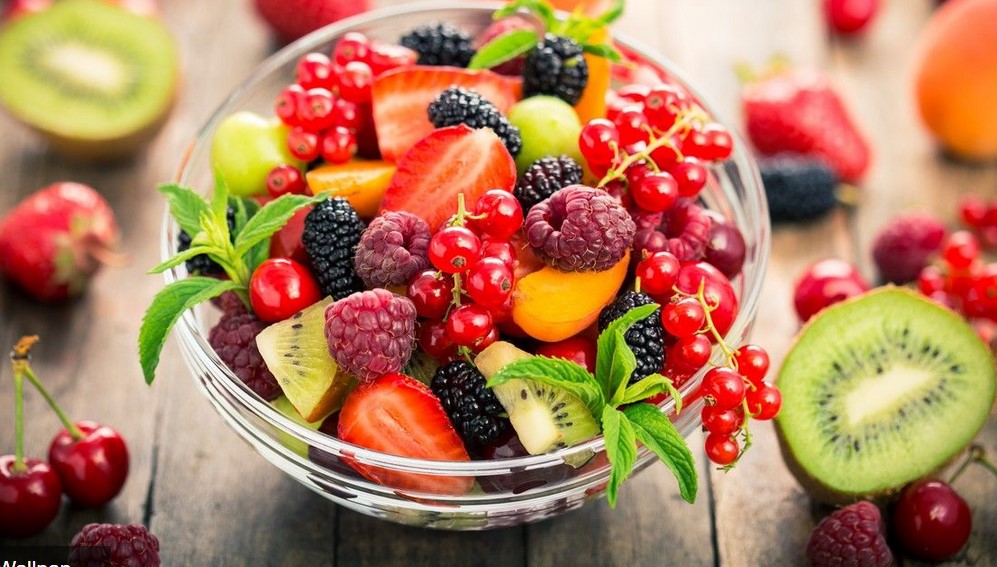The Thanksgiving and Christmas holiday season is synonymous with joyous gatherings, delightful treats, and a warm, festive spirit. It’s a time when we come together to celebrate, often around tables laden with tempting culinary delights.
However, the aftermath of these indulgences is frequently visible on the scales and with clothes fitting a little tighter than they used to, posing a challenge to our health and fitness goals. So, how do we partake in these festive pleasures without the guilt and extra pounds?
Sensible Eating Strategies:
- The One-Plate Rule: Limit yourself to a single plate at holiday feasts. Choose a bit of everything you genuinely enjoy, including desserts. This approach satisfies your cravings while controlling portion sizes. Remember, the key is to resist the temptation for seconds.
- Manage Leftovers Judiciously: It’s expected to be left with abundant food. While it’s not ideal to waste food, storing high-calorie leftovers can lead to extended periods of unhealthy eating. Please share them with guests, or keep only a small amount for later.
- Prioritize Hydration: Drinking plenty of water before and during meals aids digestion and helps prevent overeating by creating a sense of fullness.
- Modify Recipes: Opt for healthier ingredient alternatives in traditional recipes. Subtle tweaks, such as using low-fat dairy or reducing sugar, can make significant differences in calorie count without sacrificing flavor.
- Encourage Physical Activity: Incorporate light physical activities into your holiday plans. This can be as simple as a family walk or a fun, friendly game that gets everyone moving, aiding digestion and counteracting the urge to lounge after a large meal.
- Eat A Healthy Breakfast: Eating a healthy, high-protein breakfast will normalize your blood sugar levels while beginning the day with a bit of a metabolic boost!
Traditional Thanksgiving/Christmas celebration foods are rich in calories, fats, and sugars that can quickly add up. Below is a helpful overview of items that can easily cause a modest plate to top 1,200 calories!
Practice moderation with these items:
- Gravies and creamy sauces
- Rich casseroles
- Stuffing, mainly when cooked inside the turkey
- Candied yams or sweet potatoes
- Pies and desserts, especially cream-based ones
- Alcoholic and sugary beverages (alcohol has seven calories per gram!)
*footnote: sugar can trigger cravings and limit satiety, making sugary treats a trigger for over-eating.
Awareness is a powerful tool in avoiding nutritional pitfalls. As an essential guide, here are the estimated calorie counts for typical holiday dishes:
- Roast Turkey (3 oz): ~125 calories.
- Stuffing (1/2 cup): ~180 calories.
- Mashed Potatoes (1/2 cup): ~120 calories.
- Gravy (1/4 cup): ~25-30 calories.
- Cranberry Sauce (1/4 cup): ~110 calories.
- Green Bean Casserole (1/2 cup): ~150 calories.
- Candied Yams (1/2 cup): ~215 calories.
- Pumpkin Pie (1 slice): ~320 calories.
- Pecan Pie (1 slice): ~500 calories.
- Eggnog (1 cup): ~340 calories.
- Roasted Ham (3 oz): ~150 calories.
- Brussels Sprouts with Bacon (1/2 cup): ~80-100 calories.
- Sweet Potato Casserole (1/2 cup): ~200 calories.
- Cornbread (1 slice): ~175 calories.
- Cheese Board (1 oz cheese with crackers): ~200 calories.
- Bread Rolls (1 roll): ~100-150 calories.
- Apple Pie (1 slice): ~300 calories.
- Glazed Carrots (1/2 cup): ~70-90 calories.
- Holiday Punch (1 cup): ~150 calories.
- Tiramisu (1 serving): ~400 calories.
What you should know about the traditional sugary staples.
As a rule, any meal with more than 8g of total sugar per serving causes an adverse metabolic response in your body, including the triggering of fat storage.
With the responsible management of leftover consumption aside, ultimately it is the sweet treats that are often readily available during the holiday season that can cause you the most trouble when managing the scale.
Below is a list of common treats with both calories and sugar content per serving. Though it isn’t necessary to abstain completely, it is this area of the food offerings that should be approached with the most caution.
- Peppermint Bark
- Calories per Serving: About 220 calories (for a 1-ounce serving)
- Sugar Content: Approximately 24 grams
- Gingerbread Cookies
- Calories per Serving: Roughly 76 calories (per medium-sized cookie)
- Sugar Content: About 5 grams
- Eggnog
- Calories per Serving: Around 340 calories (for 1 cup)
- Sugar Content: Approximately 21 grams
- Pecan Pie
- Calories per Serving: About 500 calories (per slice)
- Sugar Content: Around 30 grams
- Yule Log (Bûche de Noël)
- Calories per Serving: Approximately 370 calories (for a slice)
- Sugar Content: Around 35 grams
- Chocolate Chip Cookies
- Calories per Serving: About 78 calories (per cookie)
- Sugar Content: Approximately 8 grams
- Chocolate Covered Peanut Clusters
- Calories per Serving: Roughly 230 calories (for a 1-ounce serving)
- Sugar Content: Around 15 grams
- Fudge
- Calories per Serving: Around 130 calories (per 1-inch square)
- Sugar Content: Approximately 18 grams
- Candy Canes
- Calories per Serving: About 60 calories (per medium-sized cane)
- Sugar Content: Approximately 14 grams
- Homemade Caramels
- Calories per Serving: Approximately 125 calories (per caramel)
- Sugar Content: Around 10 grams
As you can see, it is quite easy for an assembly of these items to rapidly exceed the normal 400-600 calories per meal that most retirement-age adults should consume, and blast right past the 8g of sugar threshold to limit fat storage.
Incorporating This Knowledge
Understanding the potential impact of holiday eating can empower us to make healthier choices. By following these tips and being mindful of what and how much we consume, we can fully enjoy the festive season without compromising our health.
The holidays are a time for joy and celebration, and with a bit of planning and awareness, we can maintain our health and well-being while partaking in the festive spirit, keeping in mind that it is ALWAYS easier to avoid gaining weight than it is to lose it….
Joe Carson B.S. NASM-CPT/FAS/CN
Master Trainer/Functional Aging Specialist/Certified Nutritionist
Twenty-First Century Aging





